#circa 1840s
Text

Building my library of Bentley's Standard Novels, one volume at a time! The original price of 3 shillings 6 pence is stamped on the spine. It wasn't quite that cheap roughly 178 years later, but still a bargain.

Mr. Bentley of New Burlington Street started producing inexpensive single-volume Captain Marryat novels in the 1830s with frontispiece illustrations by J. Cawse and W. Greatbatch. (I especially want to get my hands on his 1838 edition of Mr. Midshipman Easy.) The title page is clearly marked 1838, but this volume can't be any older than 1842 because the inside cover advertises other books for sale including Marryat's Percival Keene.


Miss Austen's Sense and Sensibility and Mrs. Shelley's Frankenstein are great deals at only 2 shillings and 6 pence, probably because of many competing cheap editions by 1842-ish.
This particular edition of Newton Forster is also on Google books, although as usual the illustrations suffered in the scanning process. I have previously written about the strange scene in the frontispiece illustration, but now that I have it in my hands I'm more impressed with the portraiture of Frederick Marryat.

The artist team clearly referenced a likeness of Marryat— it's recognizably him. Considering some of the hilariously terrible engravings based on his portraits, this is actually one of his better representations.

#frederick marryat#captain marryat#antique books#vintage books#1830s#1840s#in the background is my circa 1898 marryat novels set#and an 1840 edition of diary in america#newton forster#captain marryat is conducting a wedding ceremony that gets crashed by pigs on the ship#illustration
31 notes
·
View notes
Photo

3 notes
·
View notes
Text
Coral Tiaras
Coral Tiara, circa 1830
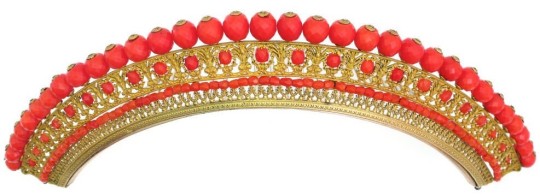
Coral Tiara, early 1800s
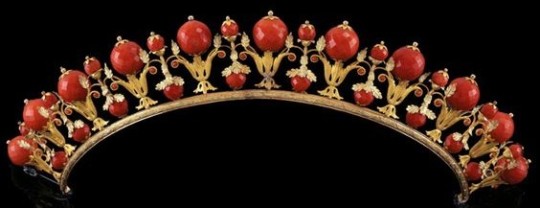
Coral Tiara, mid 1800s

Coral Spartan Diadem, circa 1840
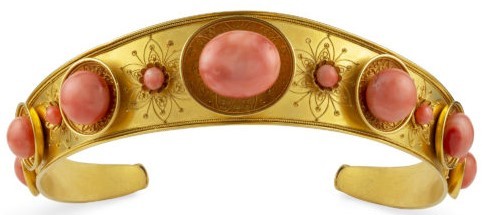
Coral Tiara, circa 1860
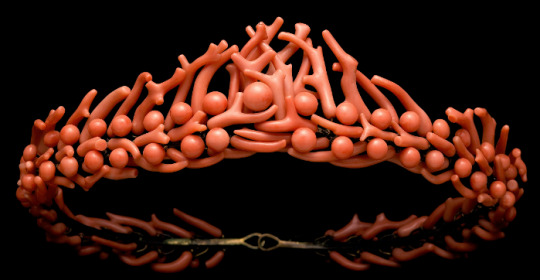
Coral Strawberry Tiara, late 1800s
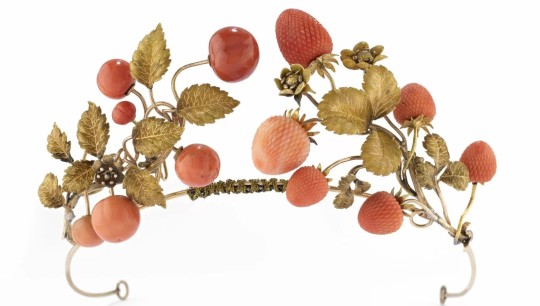
Coral Egyptian Revival Tiara

Coral & Onyx Bandeau Tiara by Cartier, 1922

Coral & Pearl Star Tiara by Cartier, circa 1950
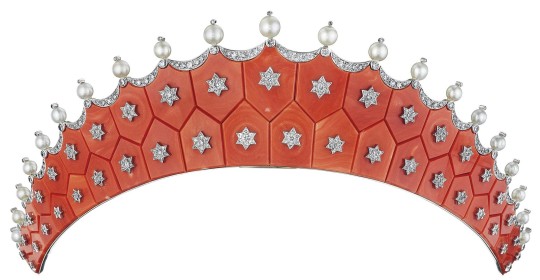
Ashberry Tiara by Axenoff, 2016
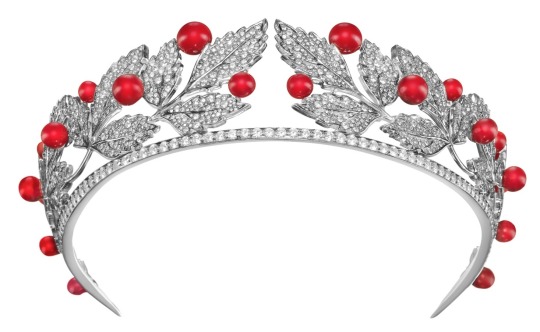
Tiara Materials 9 of ∞
#coral#tiara materials#tiara#Cartier#Axenoff#wreath tiara#onyx#star tiara#pearl#tiaras#diadem#diadems#royal tiaras#jewels#royal jewels#royal#royaltyedit#royals#royalty#jewellery#jewelry#crown#crowns#crown jewels
9K notes
·
View notes
Text
Scrimshaws for loved ones at home
Besides the scrimshaws that were used as spare parts on board, the men also did a lot of things for their loved ones at home in their spare time. Even though household goods began to be mass-produced by machines in the 1850s to make housework easier for women, they were very expensive in the beginning. And since the men had to work for months at sea, they were able to produce items such as crochet and knitting needles, sewing boxes, swifts and measuring sticks for sewing, because a whale had enough teeth and bones.
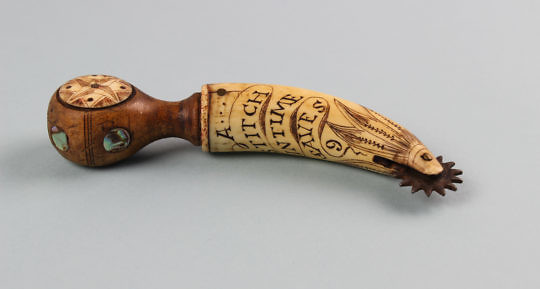
Seamstress Pattern Marking Wheel, circa 1860 (x)

Group of Domestic Whalebone Implements, 19th century, including 3 clothes pins, apple corer, needle case in the form of an umbrella, scissors and French tape measure (x)

Scrimshaw Swift, circa 1840 (x)
But they also made things for the kitchen, including nutmeg grinders, pie crimpers, rolling pins and butter moulds.

Clothpins with whaling scenes, american 19th century (x)

Bottle Opener, 19th century (x)

Nutmeg Grater Egg, circa 1850 (x)
General and unusual things could also be made.Baby cradles, rocking chairs, boot jacks, boot hooks, glove stretchers and much more.
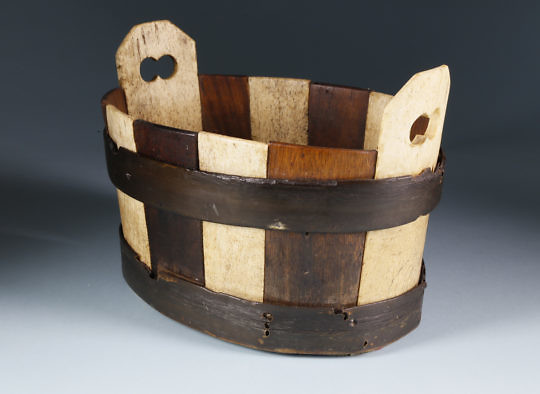
Mahogany and Baleen Washtub, circa 1840 (x)

Rotating Toy Carousel, 19th century, (x)
This is only a small selection, there are many more and the men on board have of course also made things for paying customers. But those will come in the next part
651 notes
·
View notes
Photo

Quilt (United States, Illinois, circa 1865) by Sarah Ann Cooper Beegle (born U.S. circa 1840)
Appliquéd and quilted cotton.
Image and text information courtesy LACMA.
258 notes
·
View notes
Text
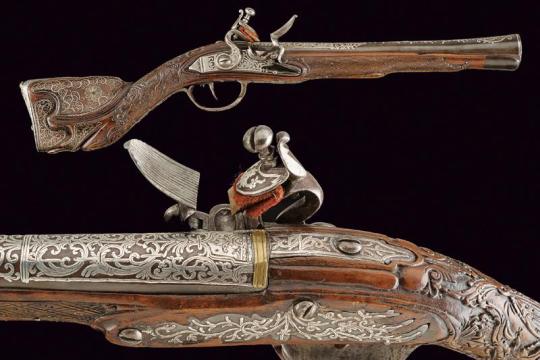
Silver decorated blunderbuss with carved stock, Turkey, circa 1830-1840.
from Czerny's International Auction House
150 notes
·
View notes
Text
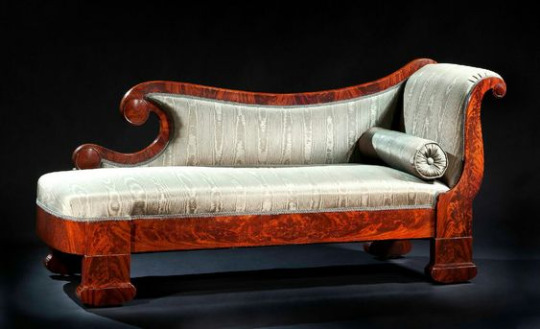
Restauration Grecian or “Recamier” Couch, circa 1835
Attributed to Duncan Phyfe (1770-1854) or D. Phyfe & Sons (active 1837-1840) New York, 1835-1840 The undulating veneered crest rail terminating in a scroll with a characteristic rimmed disk boss above an upholstered back and seat with a scrolled arm at one end with a matching rimmed disk boss in the volute. The highly figured seat rail raised on flat rectangular legs terminating in suppressed demi-lune feet with recessed casters.
105 notes
·
View notes
Photo
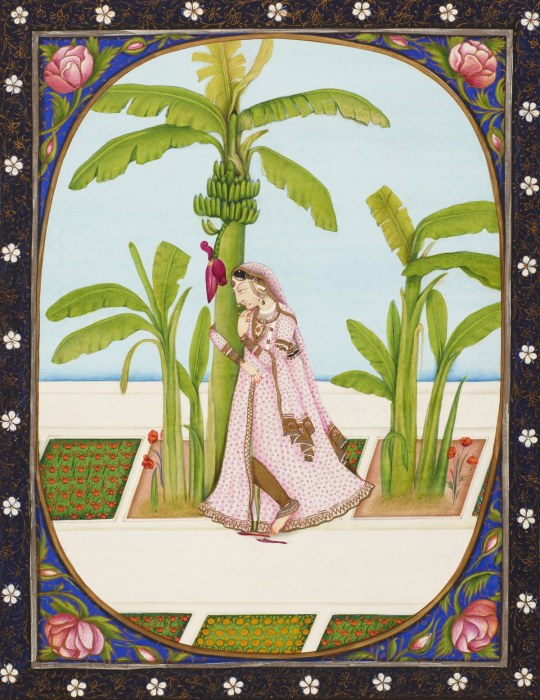

A Love-lorn Nayika
North India, Punjab Hills, Mandi, Circa 1840
Folio 11 5⁄8 x 9 7⁄8 in. (29.5 x 25.1 cm.)
Image 7 7⁄8 x 5 1⁄2 in. (20 x 14 cm.) (via Christie's)
56 notes
·
View notes
Photo
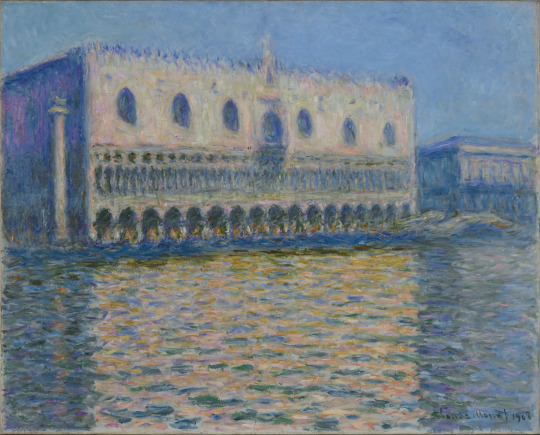

Opening next month, Monet to Morisot: The Real and Imagined in European Art is a new thematic reinstallation of the Museum’s renowned holdings of 19th and 20th century European art, featuring nearly 90 paintings, sculptures, and works on paper by artists including Claude Monet, Camille Pissarro, Berthe Morisot, Francisco Oller, Henri Matisse, Pablo Picasso, Gabriele Münter, Yves Tanguy, and Vasily Kandinsky. Casting fresh eyes on the collection, this presentation explores not only the profound and ongoing influence of modern European art, but also how the art historical canon itself is a site of tension.
Many of these works will be on view together in Brooklyn for the first time since 2016, when they began touring the United States and Asia in the acclaimed exhibition French Moderns: Monet to Matisse, 1850–1950. You can see them at the Brooklyn Museum, in new galleries on the fifth floor, beginning February 4.
Claude Monet (French, 1840–1926). The Doge’s Palace, 1908. Oil on canvas. Brooklyn Museum; Gift of A. Augustus Healy, 20.634. ⇨ Berthe Morisot (French, 1841–1895). Mme Boursier and Her Daughter), circa 1873. Oil on canvas. Brooklyn Museum; Museum Collection Fund, 29.30.
#bkmeuropeanart#Monet#Morisot#Claude Monet#Berthe Morisot#Modern art#european art#camille pissarro#francisco oller#henri matisse#pablo picasso#gabriele munter#yves tanguy#vasily kandinsky#20th century art#influence
119 notes
·
View notes
Photo

La Cour des Voraces, Lyon, France, circa 1840 (silk industry) located on the slopes of the Croix Rousse. #brutgroup photo by Sorina Bu https://www.instagram.com/p/CKuQCvgFRuj/?utm_medium=tumblr
114 notes
·
View notes
Text


I found myself surprisingly emotional when I discovered this extant 1840s shooting jacket and vest, dated to England circa 1843, in the collection of the Los Angeles County Museum of Art. It is made of wool/silk velvet (plush), according to the description.
In one of the earliest biographical pieces about Captain Marryat, published anonymously in The Cornhill Magazine in August 1867, an old friend of the Captain reminisced about a trip to his estate in Langham, Norfolk, to visit the then-reclusive writer in the 1840s, finding him dressed in a shooting jacket:
At the time I now speak of him he was fifty-two years of age; but looking considerably younger. His face was clean shaved; and his hair so long that it reached almost to his shoulders, curling in light loose locks like those of a woman. It was slightly grey. He was dressed in anything but evening costume on the present occasion, having on a short velveteen shooting-jacket and coloured trousers. I could not help smiling as I glanced at his dress—recalling to my mind what a dandy he had been as a young man.
The date would be approximately 1844, and Marryat's biographer Tom Pocock plausibly suggested Frederick Chamier as the identity of the anonymous writer.
In her father's Life and Letters, Florence Marryat also described Captain Marryat in a shooting jacket: "mounted on 'Dumpling' [his shooting pony] and attired in a velveteen shooting coat, mud-bespattered highlows, and a 'shocking bad hat,' he used to ride about his farm in all weathers."
To have a visual for this garment is amazing—it looks so soft and inviting.
#frederick marryat#captain marryat#1840s#shooting jacket#fashion#historical men's fashion#historical fashion#dress history#life and letters#biography#clothing#frederick chamier (maybe)#yes there were two royal navy captains with the first name frederick who wrote novels in the same time period#and they were friends
185 notes
·
View notes
Text


Crewmen on-loading 14 inch shells from USS Sangay (AE-10) to USS New Mexico (BB-40), circa June 1944.




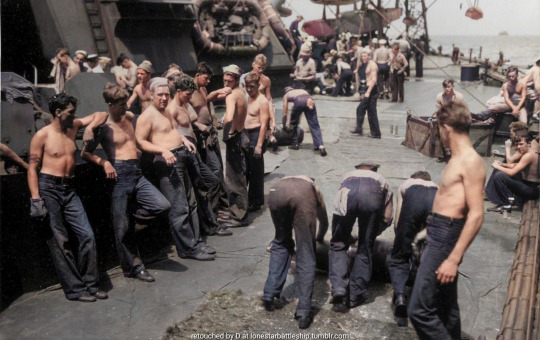
They were at Eniwetok Atoll, Marshall Islands, probably just before the Marianas Operation.
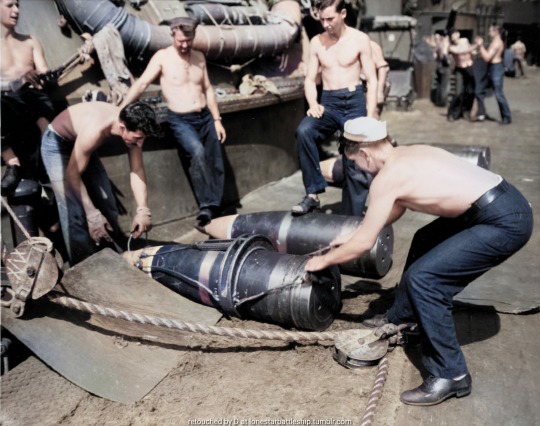
Crewmen lowering a 14 inch High Capacity Shell into the ship's magazines.

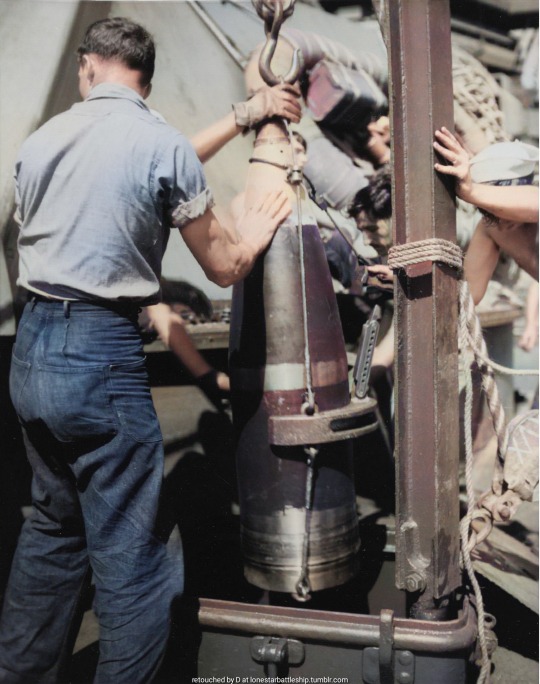
Naval History and Heritage Command: 80-G-K-1840, 80-G-K-1841, 80-G-K-1842, 80-G-K-1845, 80-G-K-1846, 80-G-K-1847, 80-G-K-14228, 80-G-K-1710, 80-G-K-1711, 80-G-K-1712
#USS New Mexico (BB-40)#USS New Mexico#New Mexico Class#Battleship#dreadnought#June#1944#USS Sangay (AE-10)#USS Sangay#world war 2#world war ii#WWII#WW2#Eniwetok Atoll#Marshall Islands#Pacific Ocean#united states navy#u.s. navy#us navy#navy#usn#colorized photo#my post
202 notes
·
View notes
Text
Scrimshaws made to be seen
Although the craft of scrimshanding was initially an art form designed to stop boredom and perhaps give pleasure to oneself or one's loved ones, in Victorian times it also took on commercial forms. Smaller works of art were already sold in the port cities and many a person asked for a special piece. But the great demand for specially made pieces did not begin until the 1830s and then mainly among the American whalers. The counterpart to the men who practised the craft of scrimshanding was quilting among the women.
It was not easy to carve and decorate a tooth or other parts of a whale into a work of art, it took patience, time and a lot of practice. There was no tutor, only a few hints from the cooper or carpenter. The right choice of tooth was important to make the work as perfect as possible. However, the buyers had to expect cracks or inclusions. And yet, works of art were created that show what artists the men at sea were. Here are a few of these wonderful pieces.
Teeth
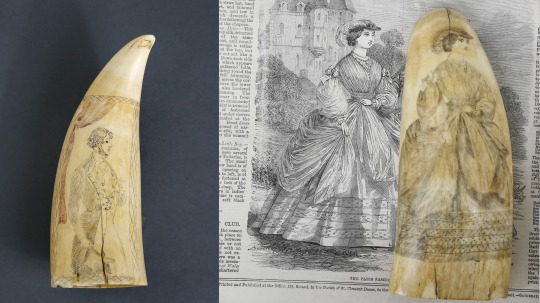
Scrimshaw of a young gentleman with fancy embroidered vest with long tails and holding a top hat in a poylchromed frame, c. 1850 (x) - The “Paris Fashions for June” tooth from New Bedford depicts a fashionable young lady copied from the “The Illustrated London News”, published Sat. May 26, 1860 (x)
The classic decorated teeth were not only a popular decorative element at home but also popular with officers at sea to decorate their cabins.

An engraved sperm whale tooth with an Eagle and a bark, 1860 (x) - Scrimshaw of two ladies, c. 1860 (x)
Watch Hutch
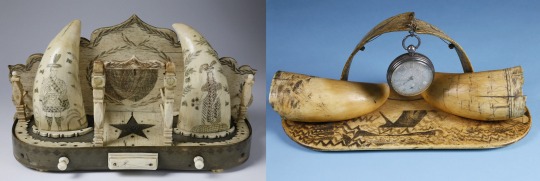
Watch Hutch with a pair of Polychromed and scrimshawed whale’s teeth, circa 1840 (x) - Watch Hutch with whaling scenes on two teeth and the plate, c. 1850 (x)
A very popular men's accessory to hang the pocket watch and present it decoratively.

A Gentleman’s Watch Hutch, circa 1870 (x) - Not a classic watch hutch, but a watch holder and snuff box, French, 18th century (x)
Boxes and thread caddies
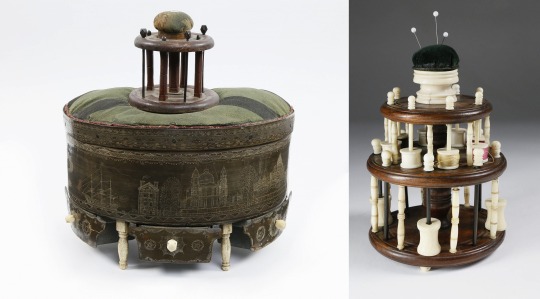
Whale Ivory Sewing Box, c. 1830 (x) - Sewing Thread Spool Caddy, c. 1850 (x)
For the ladies who kept their sewing materials or trinkets there.
Jagging wheels, also known as pie crimpers

Probably made in 1840, this jagging wheel is elaborately carved and inlaid with wood, mother of pearl, abalone and tortoiseshell (x)

The handle of this whale ivory jagging wheel is encased in tortoiseshell that is inlaid with abalone cut in the shapes of diamonds and hearts, c. 1840 (x)
Miscellaneous

Nursing Rocker, circa 1850, naïve wood construction with the skull of a small baleen whale back-splat with diamond inlays throughout and three blood ark clam shells. (x)
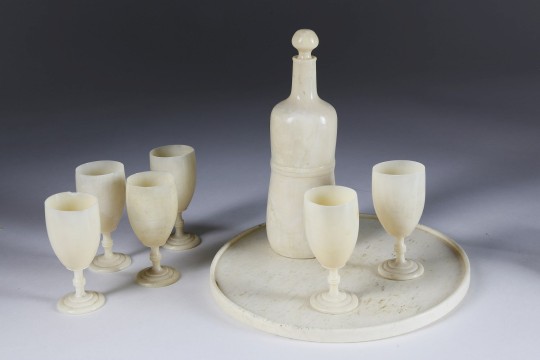
Whale Ivory and Whalebone Liqueur Service, circa 1870, each cup carved of a single whale tooth, the bottle carved of a single sperm whale tooth, the circular tray carved of a piece of panbone (x)
250 notes
·
View notes
Text

Portrait of a Lady with Pearls, attributed to Ary Scheffer, circa 1830-1840.
48 notes
·
View notes
Photo

Cockscomb, Rose Tree and Pineapple Quilt (United States, circa 1840).
Cotton, plain weave; appliquéd with cotton.
Image and text information courtesy Art Institute Chicago.
239 notes
·
View notes
